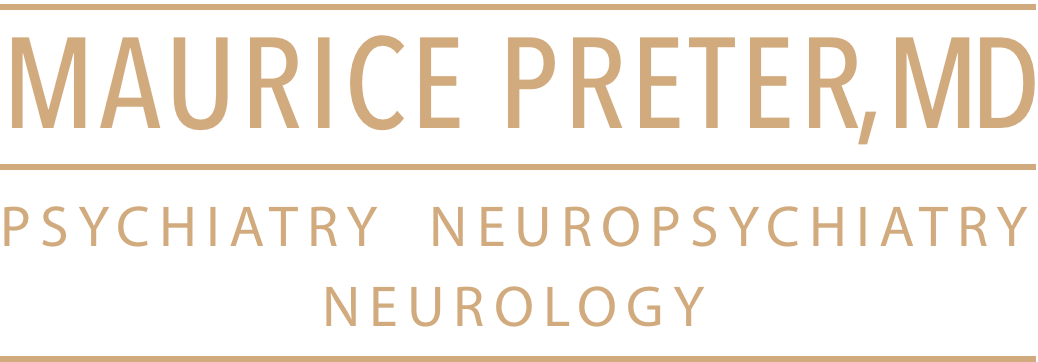Telemedicine is the process of providing health care from a distance through technology, often using videoconferencing. Telepsychiatry, a subset of telemedicine, can involve providing a range of services including psychiatric evaluations, therapy (individual therapy, group therapy, family therapy), patient education and medication management.
Telepsychiatry can involve direct interaction between a psychiatrist and the patient. It also encompasses psychiatrists supporting primary care providers with mental health care consultation and expertise. Mental health care can be delivered in a live, interactive communication. It can also involve recording medical information (images, videos, etc.) and sending this to a distant site for later review.
Benefits
Video-based telepsychiatry helps meet patients’ needs for convenient, affordable and readily-accessible mental health services. It can benefit patients in a number of ways, such as:
- Improve access to mental health specialty care that might not otherwise be available (e.g., in rural areas)
- Bring care to the patient’s location
- Help integrate behavioral health care and primary care, leading to better outcomes
- Reduce the need for trips to the emergency room
- Reduce delays in care
- Improve continuity of care and follow-up
- Reduce the need for time off work, childcare services, etc. to access appointments far away
- Reduce potential transportation barriers, such as lack of transportation or the need for long drives
- Reduce the barrier of stigma
While some people may be reluctant or feel awkward talking to person in a screen, experience shows most people are comfortable with it. Some people may be more relaxed and willing to open up from the comfort of their home or a convenient local facility. Also, this will likely be less of a problem as people become more familiar and comfortable with video communication in everyday life.
Telepsychiatry allows psychiatrists to treat more patients in distant locations. Psychiatrists and other clinicians need to be licensed in the state(s) where the patient they are working with is located. State licensing boards and legislatures view the location of the patient as the place where “the practice of medicine” occurs.
Although telepsychiatry has the disadvantage of the patient and psychiatrist not being in the same room, it can create enhanced feelings of safety, security and privacy for many patients.
Evidence for Effectiveness
There is substantial evidence of the effectiveness of telepsychiatry and research has found satisfaction to be high among patients, psychiatrists and other professionals. Telepsychiatry is equivalent to in-person care in diagnostic accuracy, treatment effectiveness, quality of care and patient satisfaction. Patient privacy and confidentiality are equivalent to in-person care.
Research has also found that overall experiences among all age groups have been good. There is evidence for children, adolescents and adults regarding assessment and treatment (medication and therapy). There are even people for which telemedicine may be preferable to in-person care, for example people with autism or severe anxiety disorders and patients with physical limitations may find the remote treatment particularly useful.
Telepsychiatry has been found especially effective with respect to the treatment of PTSD, depression, and ADHD. See more on the evidence base for telepsychiatry.
Used in a Variety of Settings
Telepsychiatry is used in a variety of different settings, including private practice, outpatient clinics, hospitals, correctional facilities, schools, nursing homes, and military treatment facilities.
Patients can schedule appointments individually with a psychiatrist or therapist for a live video appointment. This can be with a regular provider if they offer the service or through one of a number of companies offering access to mental health clinicians for video appointments. Patients should plan ahead and prepare the just as for an in-person appointment. Have any relevant records and information, including prescriptions, and have a list of questions to address.
Telepsychiatry is helping bring more timely psychiatric care to emergency rooms. An estimated one in eight emergency room visits involves a mental health and/or substance use condition, according to the Agency for Healthcare Research and Quality. Many emergency rooms are not equipped to handle people with serious mental health issues and do not have psychiatrists or other mental health clinicians on staff to assess and treat mental health problems. A 2016 poll of emergency room physicians found only 17 percent reported having a psychiatrist on call to respond to psychiatric emergencies.
Telepsychiatry is being used in nursing homes to provide both ongoing psychiatric evaluation and care and emergency crisis intervention when it may be difficult to find local psychiatrist to assist. Many states use telepsychiatry in corrections facilities where inmates frequently require ongoing mental health care.
Source:
https://www.psychiatry.org/patients-families/what-is-telepsychiatry

